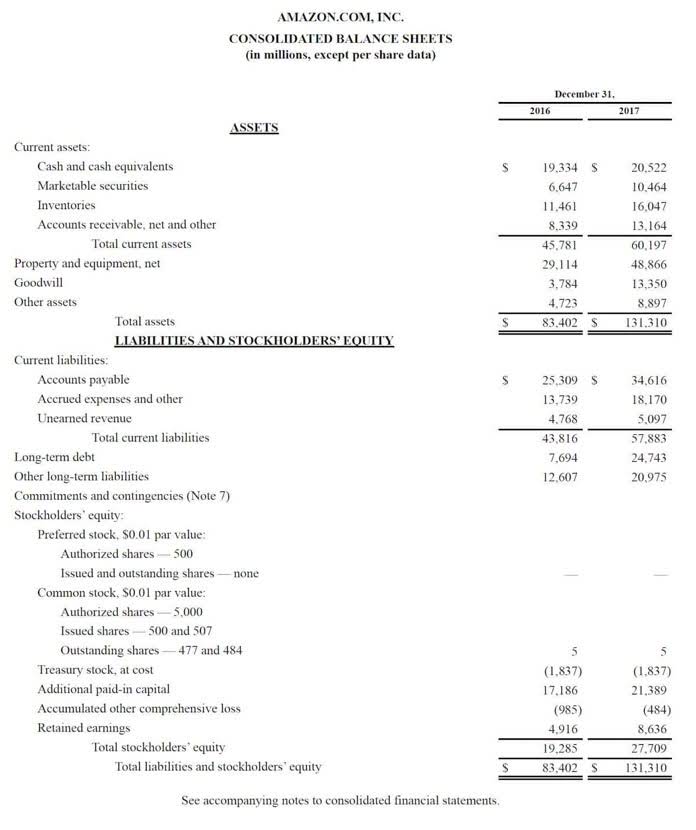Content

It’s probably the biggest reason we go through all the trouble of the first five accounting cycle steps. Once you’ve converted all of your business transactions into debits and credits, it’s time to move them into your company’s ledger. In the first step of the accounting cycle, you’ll gather records of your business transactions—receipts, invoices, bank statements, things like that—for the current accounting period. These records are raw financial information that needs to be entered into your accounting system to be translated into something useful.
What are the 5 most common transaction cycles?
- Revenue cycle—Interactions with customers.
- Expenditure cycle—Interactions with suppliers.
- Production cycle—Give labor and raw materials; get finished product.
- Human resources/payroll cycle—Give cash; get labor.
- Financing cycle—Give cash; get cash.
In addition to identifying any errors, adjusting entries may be needed for revenue and expense matching when using accrual accounting. With double-entry accounting, each transaction has a debit and a credit equal to each other, common in business-to-business transactions. The What is the Difference Between Bookkeeping and Accounting is used comprehensively through one full reporting period. Thus, staying organized throughout the process’s time frame can be a key element that helps to maintain overall efficiency. Most companies seek to analyze their performance on a monthly basis, though some may focus more heavily on quarterly or annual results. Closing entries are passed to close the income and expense accounts at the end of the accounting period.
You must cCreate an account to continue watching
If these errors aren’t caught and corrected, they can give you and your employees an inaccurate view of your company’s financial situation. The accounting cycle is an eight-step process that accountants and business owners use to manage a company’s books throughout a particular accounting period—typically throughout the fiscal year (FY). The federal government’s fiscal year spans 12 months, beginning on October 1 of one calendar year and ending on September 30 of the next.
An Adjusted Trial Balance is a list of the balances of ledger accounts which is created after the preparation of adjusting entries. On March 15, 2022, A Company called JTP got $500 for its software goods and logged the transaction. The sum is credited to the Sales Revenue account and debited from the cash account. If the company’s cash transactions for the day comprised a cash sale of $500 and a cash return of $200, the business’s cash transaction would be a debit of $600. Accountants study the respective statements after they have been created to identify trends indicated by the recorded accounting operations. Next, based on the analysis, they communicate their findings to managers and other stakeholders, who use the data to assess the performance of the businesses and make well-informed and productive decisions.
General Ledger
The steps of the accounting cycle are illustrated in the diagram and described below. The accounting cycle’s purpose is to ensure that all the money coming into or going out of a business is accounted for. Depending on whom you talk to, the accounting cycle can have anywhere from seven to nine steps, based on how detailed each step is. Sole proprietorships, other small businesses, and entrepreneurs may not follow it. Some advantages of accounting are that it provides help in taxation, decision making, business valuation, and provides information to important parties like investors and law enforcement.
Once journal entries are recorded and approved, they are posted to the general ledger. The GL is the master record and summary of all financial transactions, broken down by account. For example, public entities are required to submit financial statements by certain dates. All public companies that do business in the U.S. are required to file registration statements, periodic reports, and other forms to the U.S. Therefore, their accounting cycles are tied to reporting requirement dates. At the end of the fiscal year, financial statements are prepared (and are often required by government regulation).
The accounting cycle’s 8 steps
Regardless, most bookkeepers will have an awareness of the company’s financial position from day to day. Overall, determining the amount of time for each accounting cycle is important because it sets specific dates for opening and closing. Once an accounting cycle closes, a new cycle begins, restarting the eight-step accounting process all over again. An accounting cycle is a step-by-step process that businesses use to identify, analyze, and sort all payments made & received in an accounting period and finally document them in financial statements. At the end of every accounting period, some transactions are missed from the records.

The company’s adprun.net/bookkeeping-accounting-for-lawyers/ will include recording all the transactions, journal entries, general ledger, trial balances, reviewing & fixing errors, creating financial statements, and closing. The next step is to record the details of all financial transactions, in chronological order, as journal entries, whether in an actual book or in an accounting program. With double-entry accounting, each transaction is recorded as a debit and corresponding credit in two or more subledger accounts. Exactly when the transaction is recorded depends on whether the business prefers the accrual accounting method (as most do) or the cash accounting method. The key steps in the eight-step accounting cycle include recording journal entries, posting to the general ledger, calculating trial balances, making adjusting entries, and creating financial statements.
Chapter 1: Welcome to the World of Accounting
The balance sheet and income statement depict business events over the last accounting cycle. Most businesses produce a cash flow statement; while it’s not mandatory, it helps project and track your business’s cash flow. The accounting cycle is a standard, 8-step process that tracks, records, and analyzes all financial activity and transactions within a business. It starts when a transaction is made and ends when a financial statement is issued and the books are closed. A hard close is a thorough approach to closing the books, ensuring that all information is accurate and marking the end of financial activity for an accounting period.
This is because income and expense accounts are closed (and zeroed out) at the end of a fiscal period, rather than accumulating in succeeding periods. Compliance with accounting regulations, along with tax and other governmental regulations, depends on successful application of the accounting cycle within an organization. Even after choosing the right accounting software to automate the accounting cycle’s steps, it’s still essential for business owners and bookkeepers to know and understand the process. CPA firms can review or audit the financial statements and drill down to the underlying financial transactions and accounting records to test account balances. The general ledger serves as the eyes and ears of bookkeepers and accountants and shows all financial transactions within a business. Essentially, it is a huge compilation of all transactions recorded on a specific document or in accounting software.
